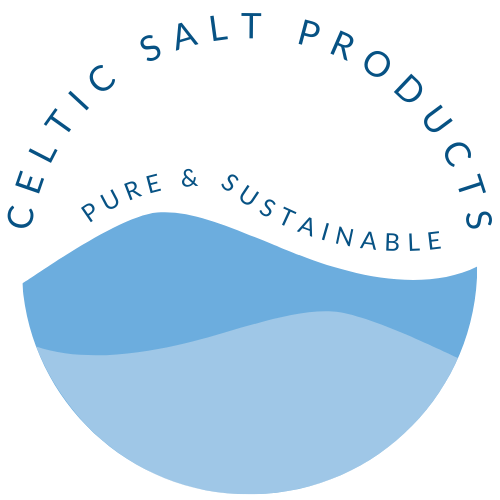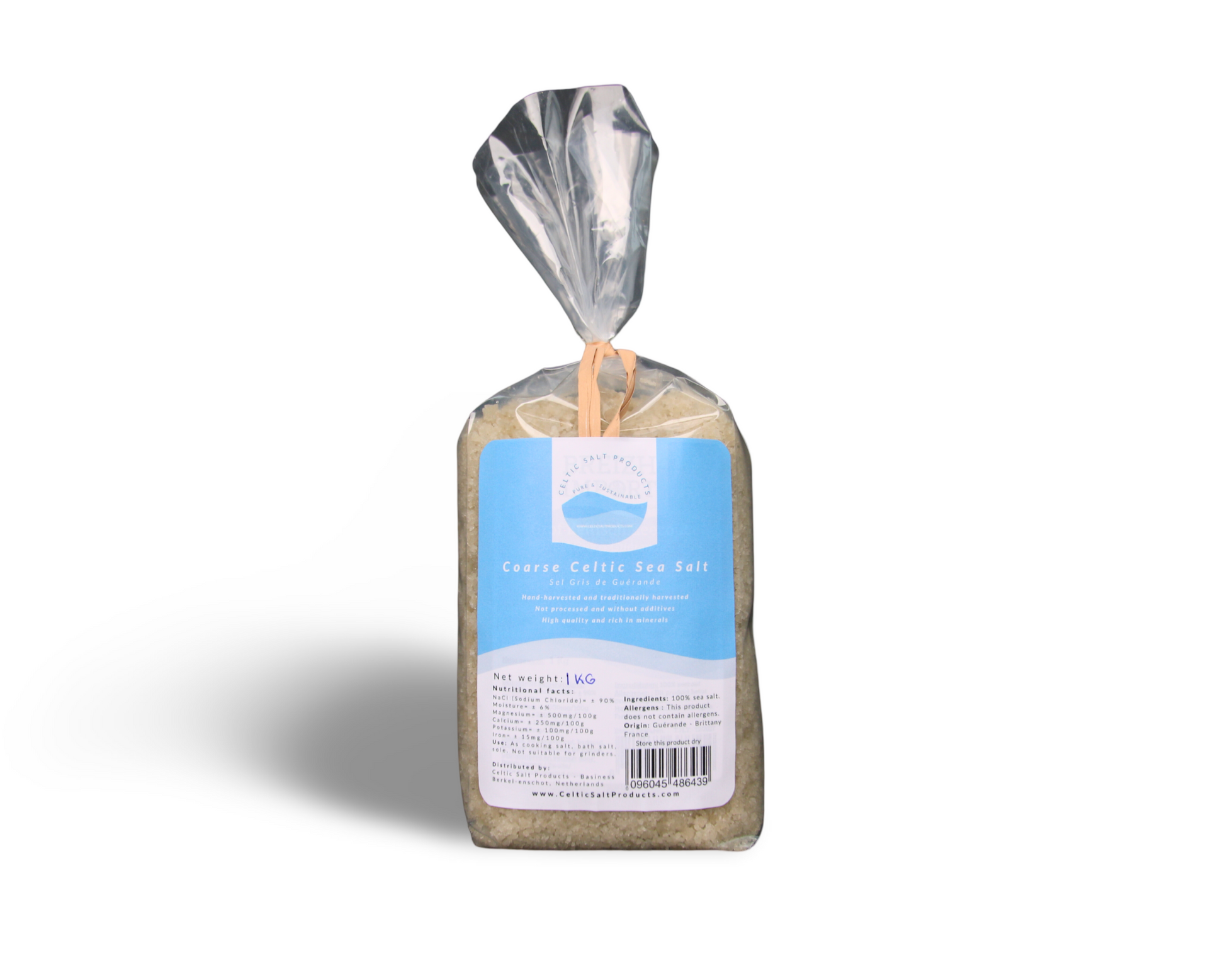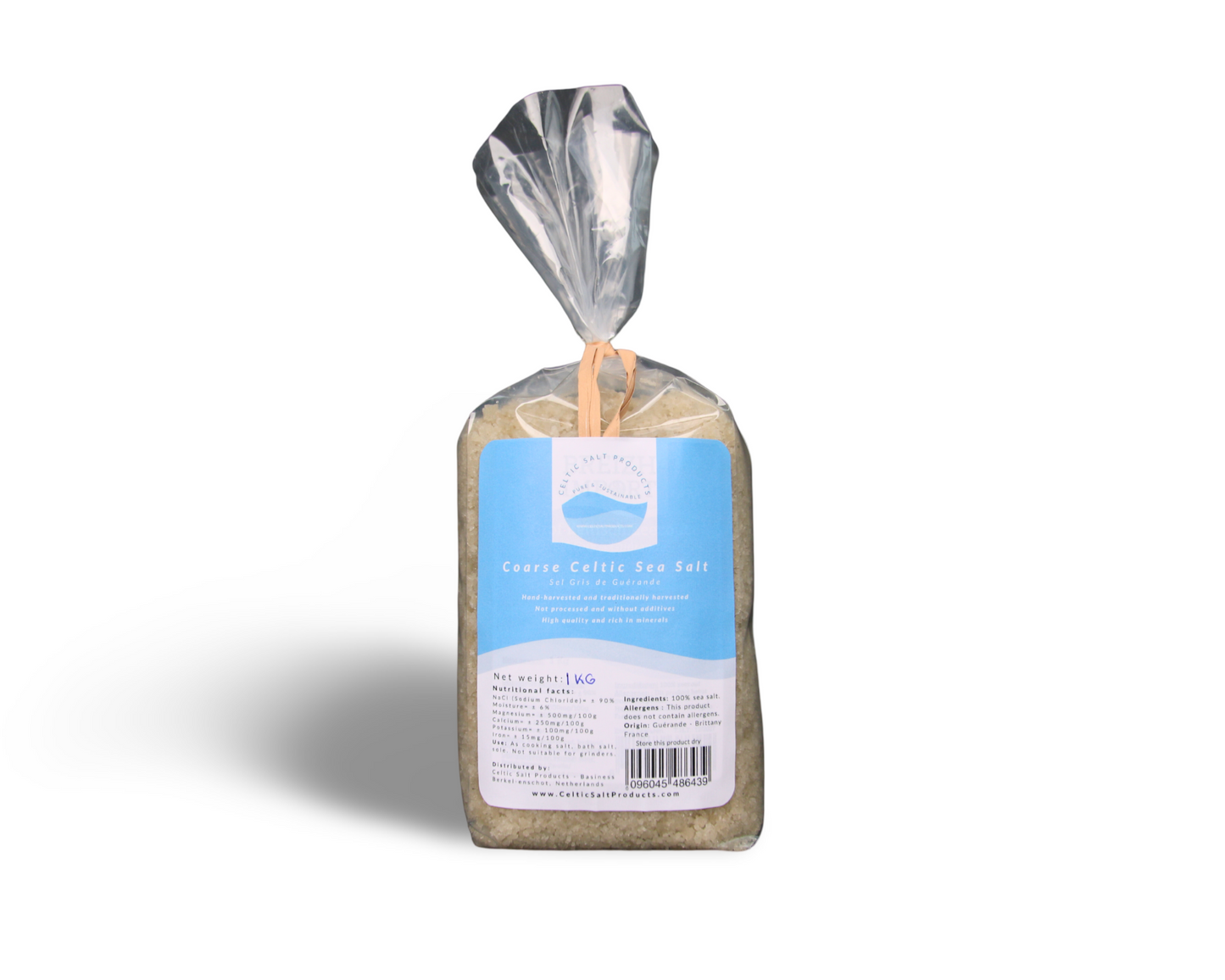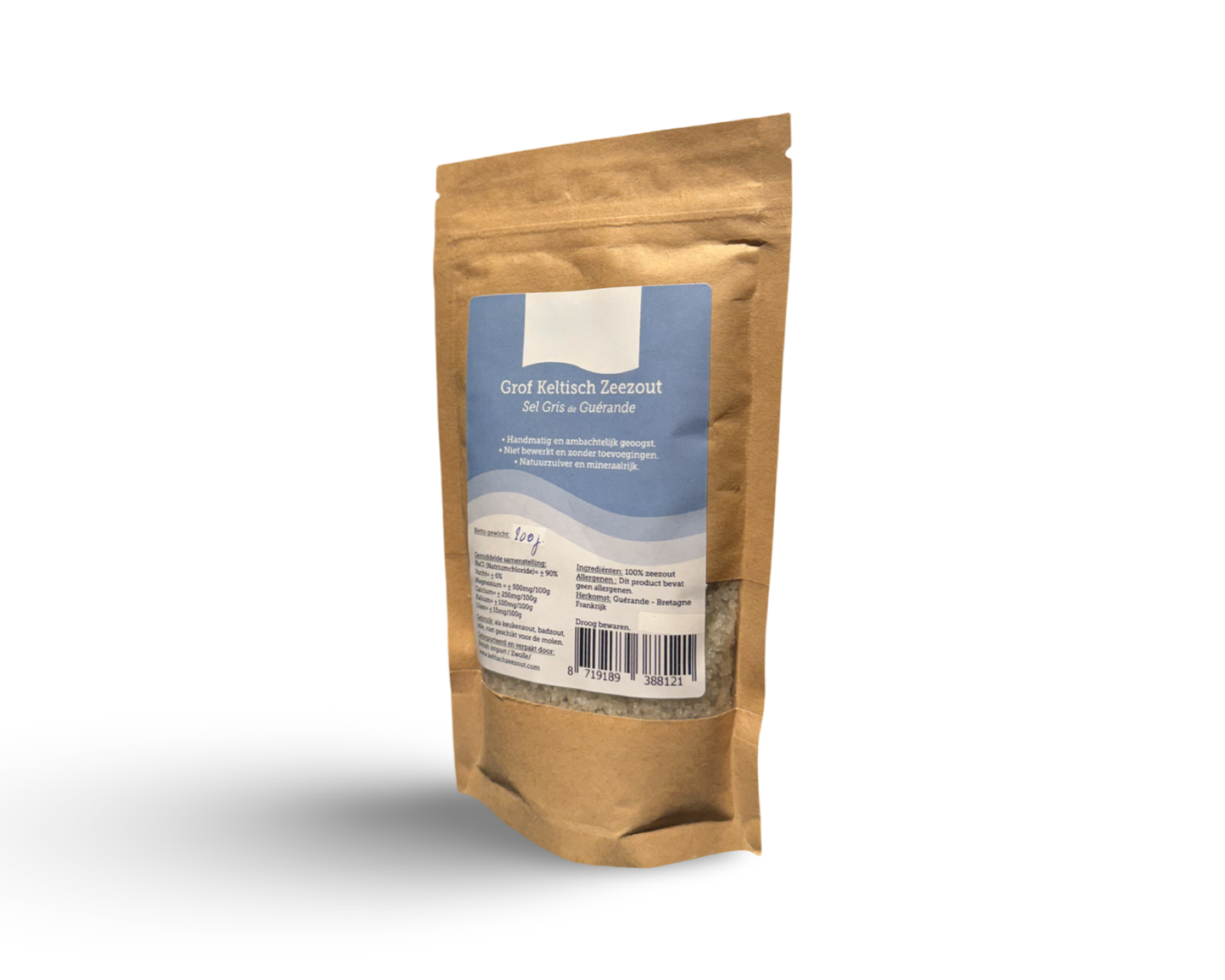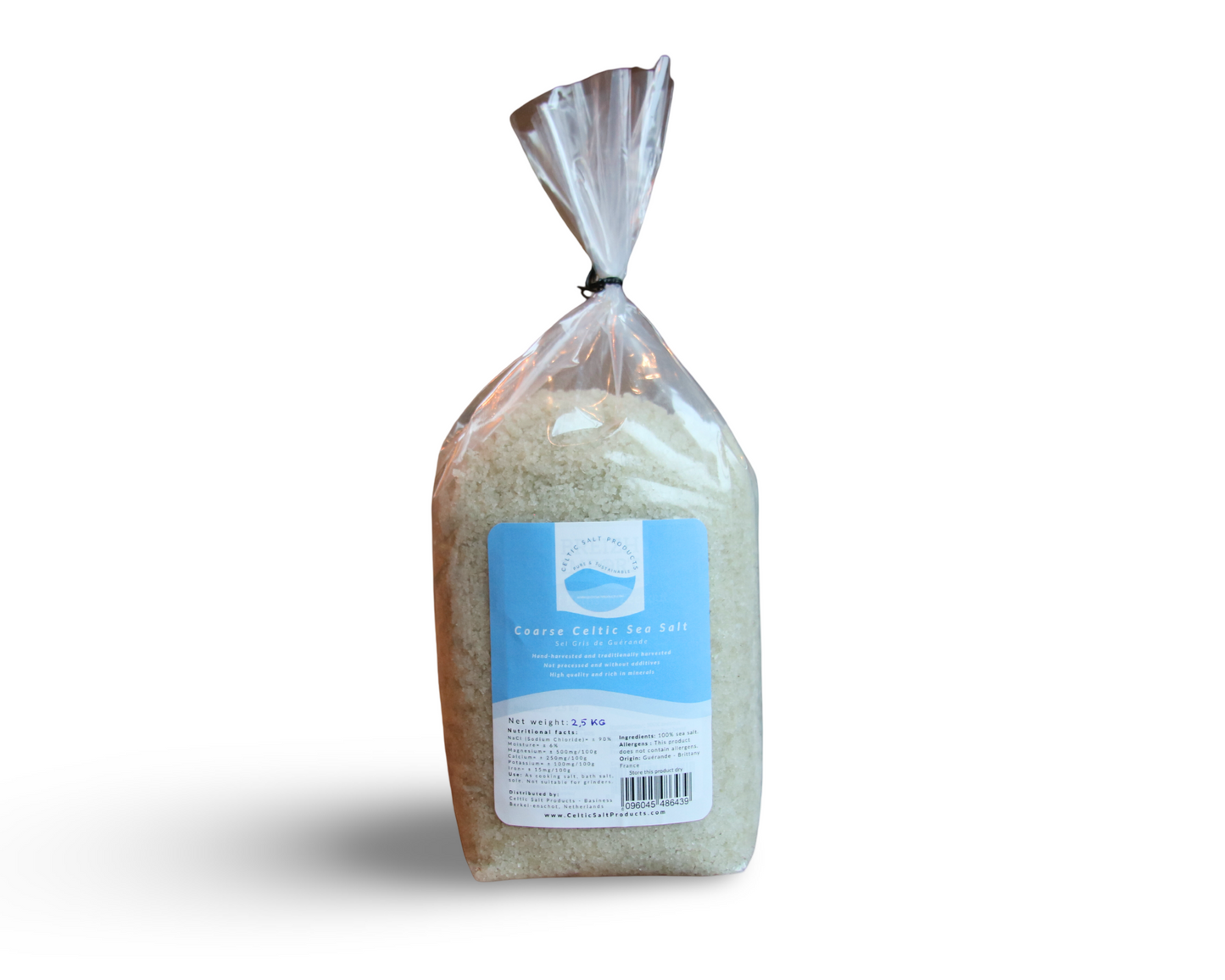Sel de mer celtique, réputé pour son goût exceptionnel et sa richesse en minéraux, n'est pas seulement un ingrédient culinaire mais un témoignage d'un artisanat ancien. Dans ce blog, nous explorons le processus méticuleux et traditionnel de fabrication du sel de mer celtique, qui le distingue des autres sels.
Racines Historiques
La production de sel de mer celtique a des racines historiques profondes, principalement le long de la côte bretonne en France. Cette région, avec ses eaux atlantiques pures, offre l'environnement idéal pour produire du sel de mer de haute qualité. Les méthodes utilisées aujourd'hui sont une continuation des pratiques développées au fil des siècles.
Le processus de récolte
-
Choisir le Bon Environnement: La première étape consiste à choisir le bon environnement. Les marais salants, formés naturellement le long des côtes, sont idéaux. Ces marais sont des bassins peu profonds qui permettent une évaporation facile de l'eau.
-
Évaporation et Concentration: Alors que la marée amène l'eau de mer, elle est piégée dans les marais. Ici, le soleil et le vent jouent des rôles cruciaux dans l'évaporation de l'eau, laissant derrière eux une saumure concentrée. Ce processus est lent et peut prendre plusieurs jours, selon les conditions météorologiques.
-
Cristallisation: Dans les bassins de cristallisation, la saumure devient sursaturée et commence à former des cristaux de sel. C'est là que l'habileté et l'expérience des travailleurs du sel, connus sous le nom de paludiers, deviennent cruciales. Ils surveillent attentivement le processus pour s'assurer que les cristaux de sel se forment correctement.
-
Récolte à la main: Une fois que le sel atteint la bonne consistance, il est récolté à la main à l'aide d'outils en bois traditionnels. Cette méthode garantit un minimum de perturbation à l'argile naturelle des bassins salins, ce qui est essentiel pour le contenu minéral unique du sel de mer celtique.
-
Séchage et TriLe sel récolté est ensuite laissé à sécher naturellement, souvent au soleil. Après séchage, il est trié en différentes catégories - des grains fins aux cristaux plus gros et humides.
Le Rôle des Écosystèmes
Un aspect intéressant de la production de sel de mer celtique est la dépendance aux écosystèmes naturels. Les marais salants sont des écosystèmes florissants qui soutiennent une variété de vie végétale et animale, contribuant à la qualité et au goût global du sel.
Pratiques de durabilité
La durabilité est au cœur de la production de sel de mer celtique. Le processus est entièrement biologique, s'appuyant sur des éléments naturels comme le soleil et le vent. De plus, les techniques de récolte manuelle garantissent la préservation des marais salants.
Conclusion
Le processus de fabrication du sel de mer celtique est un mélange de tradition, d'artisanat et de respect de la nature. Ce processus artisanal donne un sel qui est non seulement supérieur en goût et en bienfaits pour la santé, mais qui incarne également une approche durable et écologique de la production de sel.
Découvrez la riche saveur et les bienfaits pour la santé du sel de mer celtique fabriqué de manière traditionnelle. Visitez notre boutique en ligne pour choisir parmi une gamme de produits authentiques en sel de mer celtique. Améliorez vos plats avec la bonté naturelle du sel fabriqué selon des pratiques ancestrales. Achetez maintenant et apportez un goût de tradition à votre table !
